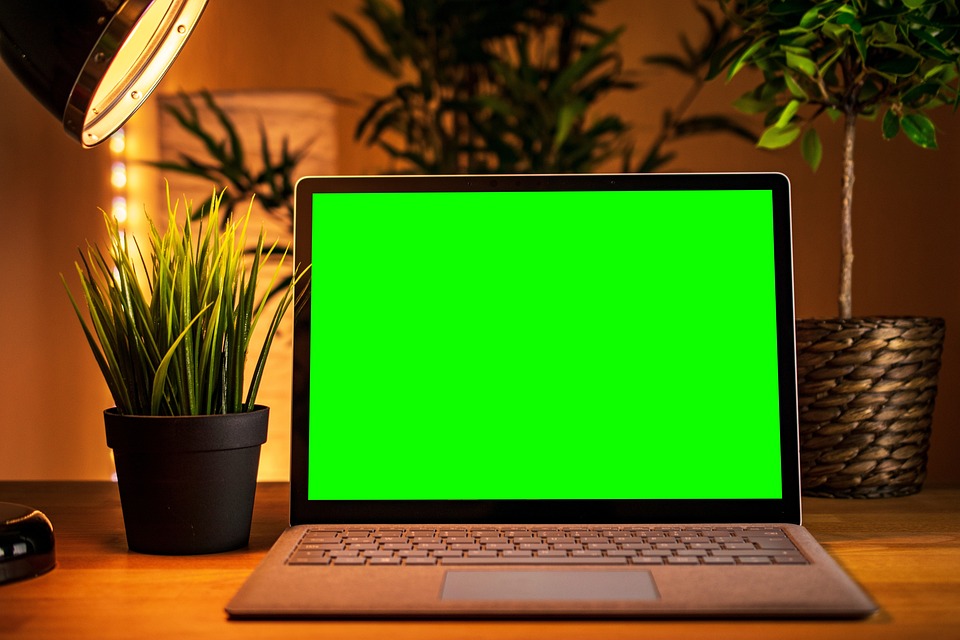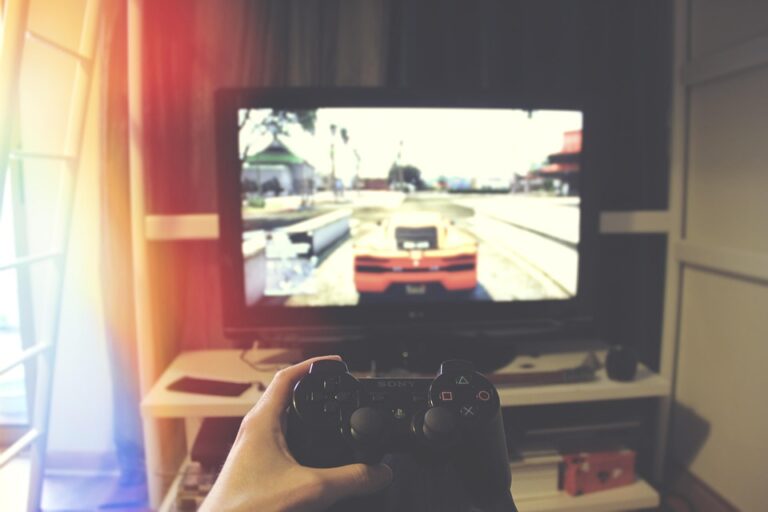
Choosing the Right Screen Protector: Essential Tips for Optimal Protection and Performance
In this age where our smartphones are almost an extension of our very selves, safeguarding these precious devices has never been more critical. The screen protector, a simple yet vital accessory, can often be overlooked. Yet, choosing the right one can mean the difference between a shattered screen and a pristine display. So, how do we navigate this sea of options? Here are some essential considerations that might just steer you in the right direction.
1. Understand the Types of Screen Protectors
The first step in your quest for the perfect screen protector is to familiarise yourself with the various types available.
-
Tempered Glass: Renowned for its strength, tempered glass protectors offer exceptional protection against drops and scratches. They often feel more like the original screen, providing a smooth touch experience. However, they can be bulkier and may not adhere as well to curved screens.
-
Plastic Film: A more lightweight option, plastic film protectors are less intrusive and usually more affordable. While they do provide a basic level of protection, they can scratch easily and may not absorb impact as effectively as their glass counterparts.
-
Self-Healing: An innovative choice, self-healing protectors utilise a special material that can recover from minor scratches. They offer a unique blend of durability and flexibility but may not be as robust against heavier impacts.
Each type carries its own merits and drawbacks, prompting the question: what level of protection do you truly need?
2. Consider the Thickness
Thickness is another factor that significantly influences both protection and usability. Generally, screen protectors range from 0.1mm to 0.5mm in thickness. Thicker protectors typically offer better protection against impacts but can detract from the tactile experience and responsiveness of your touchscreen. Conversely, thinner options might preserve the original feel of the screen but offer limited protection. It begs the inquiry—what are you willing to compromise?
3. Look for Quality Certifications
Not all screen protectors are created equal; quality can vary significantly between brands. Look for those that meet specific quality certifications, like the 9H hardness rating. This rating signifies that the protector can withstand scratches from everyday objects such as keys or coins. Moreover, manufacturers that provide detailed information about their products often signal a commitment to quality. In a world of dubious claims and marketing jargon, this transparency can be a breath of fresh air.
4. Anti-Glare vs. Clear Finish
Do you often find yourself squinting at your screen in bright sunlight? If so, an anti-glare screen protector might be the right choice for you. These protectors reduce reflections, making it easier to view your display outdoors. However, they can sometimes alter the colour accuracy and clarity of your screen. On the other hand, a clear finish will maintain the original display quality but may be prone to glare, especially in bright environments. Thus, it’s worth pondering: what do you prioritise—visibility or clarity?
5. Application Process and Air Bubbles
The application process is often a source of frustration for many. A poorly applied screen protector can lead to air bubbles and misalignment, not only detracting from the aesthetic but potentially compromising protection. Some protectors come with an installation kit or even a self-installation frame that can make the process easier. If you’re not particularly confident in your application skills, it might be wise to consider a protector that guarantees a bubble-free installation.
6. The Price Factor
In an ever-competitive market, prices for screen protectors can range from a couple of pounds to over twenty. While it’s tempting to opt for the cheapest option available, consider the adage: "you get what you pay for." A well-made protector could save you the cost of a screen repair, making it a worthwhile investment. It’s wise to balance your budget with the level of protection you desire—after all, your smartphone deserves better than a flimsy shield.
Final Thoughts
Choosing the right screen protector is not merely about aesthetics; it’s about ensuring your device remains functional and intact for years to come. By considering the type, thickness, quality, finish, application process, and price, you’ll be well on your way to making an informed decision. In a world saturated with options, let your needs guide you.
As you embark on this journey of selection, remember that BargainsTrust is here to continually provide you with a plethora of curated information on quality products. With the right knowledge in hand, you’ll find the perfect protector that suits your lifestyle and budget. Happy protecting!






